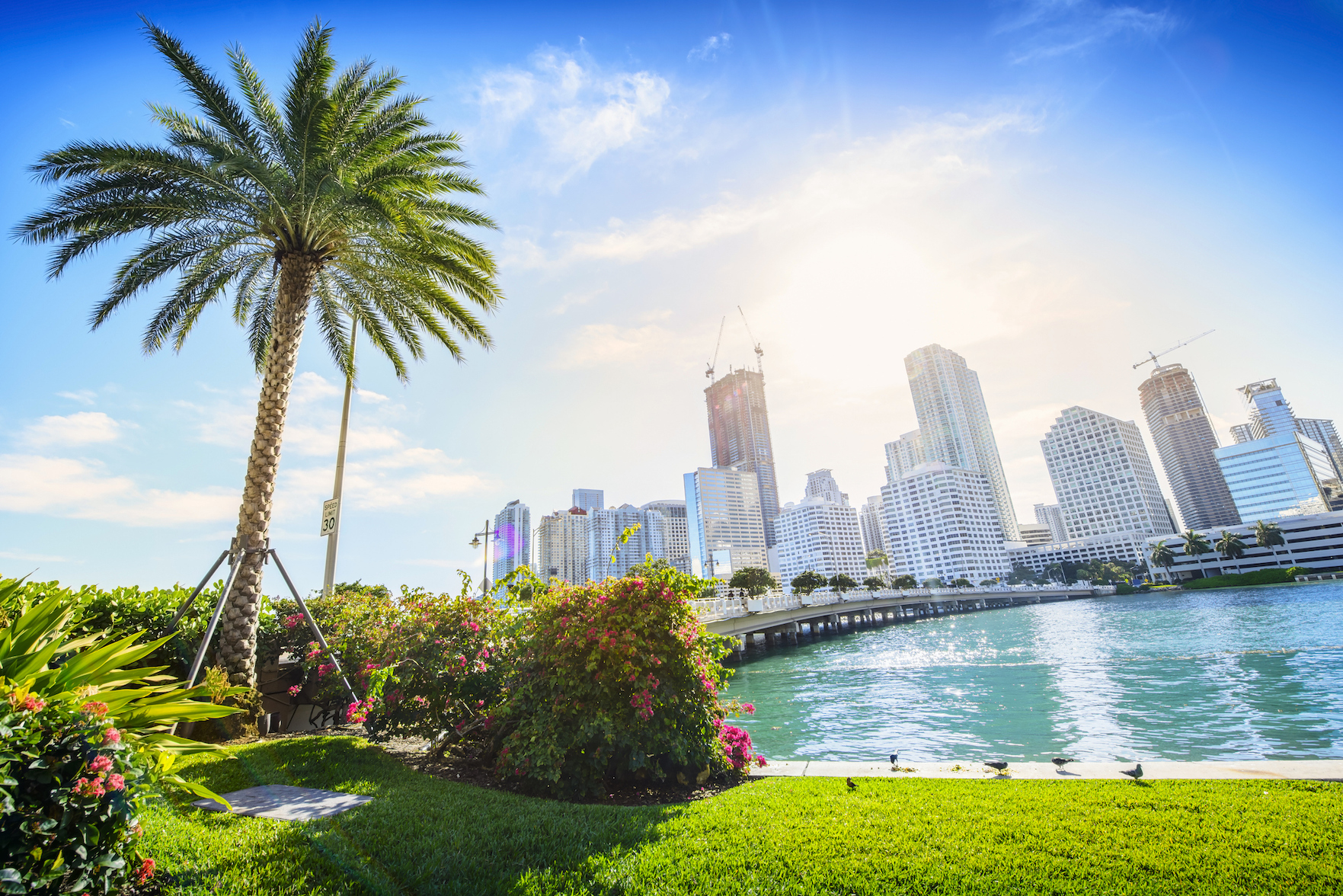The first part in a new longform series from The Miami Herald, entitled “Priced Out of Paradise,” examines what’s been perhaps the biggest story in local real estate for almost two decades. After multiple periods of real estate booms and busts since the mid-2000s, Miami real estate finds itself more stratified than ever, as reporter Andres Viglucci explains with the help of expert sources and data. That’s created a city of haves and have-nots, not to mention one that many say has lost the unique cultural and economic vitality it was once known for.
“In Miami, a mosquito-ridden backwater that grew so fast it was once anointed the Magic City, little has ever stayed the same for long,” the story begins. “That has been the city’s blessing, and its curse.”
Here are a few key takeaways from what the Herald calls “A City in Transition”:
Miami’s population has ‘exploded,’ for better or worse
According to U.S. Census Bureau data cited by Viglucci, Miami-Dade County added about 500,000 residents between 2010 and 2018. Estimates from Miami’s Downtown Development Authority show that a large number of those new residents settled downtown between Brickell and Midtown, areas that were far less developed 20 years ago. New condo and apartment towers along this area have changed Miami’s skyline significantly, and made these neighborhoods into walkable, vibrant urban centers.
Miami’s population remains very diverse, in some ways more so than ever. Foreign buyers of Miami real estate now comprise more than half of the dollar volume of all home sales in the area.
New residents, new homes and an influx of foreign and domestic capital has been a boon for Miami’s economy and tax base. But not everyone has shared in the new wealth. To compete in the market for international buyers, more developers have added luxury condos to the city’s housing stock. One expert cited in the Miami Herald article estimated 65 percent of the city’s recently erected high-rise units are priced over $1 million. In addition, a cluster of housing downtown has made traffic congestion worse, and infrastructure to alleviate these backups haven’t kept pace.
Low-income, minority residents are priced out
This has brought unintended consequences for the city’s working class residents, as explained in the Miami Herald piece, with especially poor outcomes for minority communities.
A report by Florida International University found that Miami’s level of income inequality is on par with that of a developing country, and is second-worst in the U.S. only to New York City. While the top 5 percent of Miami-area households earned an annual income of more than $200,000, the report said, the bottom 20 percent earned 10 times less: just $19,775 on average.
While Miami-Dade County has made an effort to expand affordable housing options, another recent study estimated that the county still needed to add 130,000 affordable units to meet current demand.
Few predicted Miami’s rise, or its housing issues
Former Miami mayor Manny Diaz, who held the office between 2001 and 2009, is credited with setting off the development boom that reshaped Miami over the last two decades. In an interview with the Miami Herald for the piece, Diaz said he couldn’t have imagined the level of wealth that had come to the city, nor its negative consequences on the local real estate market.
“You can’t really look at today without understanding where we started. We were in the tank. It was bad,” Diaz said in the interview. “I thought this place could explode. Honestly, I didn’t think it would explode like this.”
By the beginning of his second term, Diaz was already defending his policies against critics who said they were driving up the cost of living for lower and middle-class residents.
“Four years ago, Miami had no affordable housing problem because no one wanted to move here,” Diaz said in 2006.
“People didn’t live downtown” until relatively recently, according to Avra Jain, a local developer who is also quoted in the story. “And what would Edgewater be without Midtown Miami? Midtown Miami was a container yard. Now look at it. It’s a center for living. And I think we’re just getting started. We were really just a big town. We have just come into being a city.”

